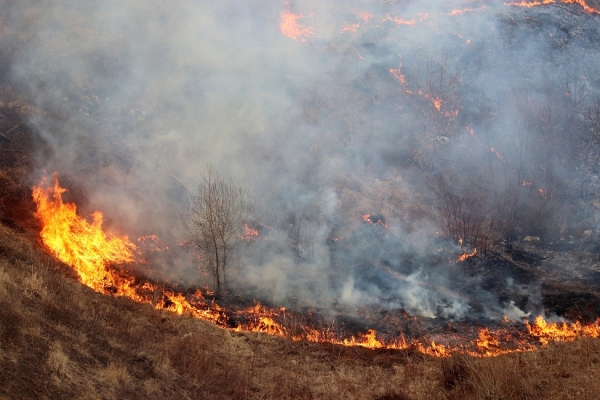About 40 percent of interior Alaska is underlain by ice-rich permafrost – permanently frozen grounds made up of soil, gravel and sand – bound together by ice. Certain conditions, such as climate warming, have intensified tundra wildfires which have profound implications for permafrost thaw.
Surface vegetation plays a dominant role in protecting permafrost from summer warmth, so any alteration of vegetation structure, particularly following severe wildfires, can cause dramatic top–down thaw.
Severe wildfires remove the vegetation and surface soil organic matter, and the loss of this insulation increases the ground heat flux and promotes permafrost thaw. This thaw triggers ground sinking and thermokarst (ground-surface collapse from permafrost thaw) development and leads to surface water inundation, vegetation shifts, changes in soil carbon balance and carbon emissions, all impacting climate warming.
Read more at: Florida Atlantic University
Six large fires have occurred since 2000 on the Tanana Flats lowland in interior Alaska. (Photo Credit: Florida Atlantic University)


